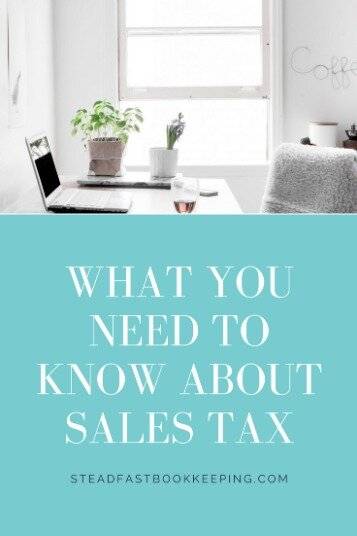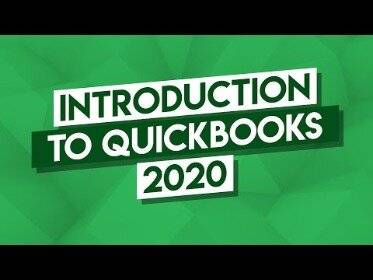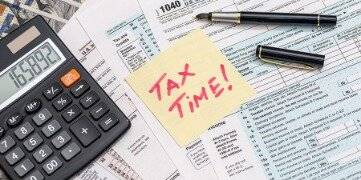Mostbet Chicken Resmi Sitesi Mostbet Casino 2024Mostbet Giriş ️ Resmi Casino Empieza Spor...
classified balance sheet definition and meaning
Vulkan Vegas Reward Bez Depozytu Fifty Darmowych Spinów
Vulkan Vegas Reward Bez Depozytu Fifty Darmowych Spinów!50 Darmowych Spinów!ContentNasza Retahíla...
Покердом
Лучшие онлайн казино России | ТОП казино онлайн рейтинг на деньги ТОП онлайн казино России...
Content

Inventory management is to identify the level of inventory which allows for uninterrupted production but reduces the investment in raw materials – and minimizes reordering costs – and hence, increases cash flow. If a company’s functional currency is the U.S. dollars, then any balances denominated in the local or foreign currency, must be re-measured. Rather than setting out separate requirements for presentation of the statement of cash flows, IAS 1.111 refers to IAS 7 Statement of Cash Flows.
A well-represented and well-classified information instills confidence and trust in the creditors and investors. It conveys a strong message to the investors that their money is safe as management is serious about the business’s profitability and running it ethically and within the rules of the land. It also tells a lot about management, who wants to be open about their assets and valuations and how these valuations have been calculated. Publishing a classified balance sheet also makes it easy for regulators to point out an issue in the initial stages rather than in the final stages when irrevocable damage has already been done.
Importance of Asset Classification
While some of the differences between unclassified and classified balance sheets are in the formatting, classified balance sheets are designed to display details. Items Included In Shareholders’ EquityShareholder’s equity is the residual interest of the shareholders in the company and is calculated as the difference between Assets and Liabilities. The Shareholders’ Equity Statement on the balance sheet details the change in the value of shareholder’s equity from the beginning to the end of an accounting period. Term DebtLong-term debt is the debt taken by the company that gets due or is payable after one year on the date of the balance sheet.

Although the balance sheet is an invaluable piece of information for investors and analysts, there are some drawbacks. For this reason, a balance alone may not paint the full picture of a company’s financial health. The term balance sheet refers to a financial statement that reports a company’s assets, liabilities, and shareholder equity at a specific point in time.
What Are the Types of Financial Ratios Used to Analyze Financial Performance?
Identify the different methods of calculating the debt to equity ratio. Balance sheets are usually prepared at the close of an accounting period, such as month-end, quarter-end, or year-end. The effects of changes in the credit risk of a financial liability designated as at fair value through profit and loss under IFRS 9. For which the entity does not have the right at the end of the reporting period to defer settlement beyond 12 months.
This balance sheet compares the financial position of the company as of September 2020 to the financial position of the company from the year prior. Fixed assets include land, machinery, equipment, buildings, and other durable, generally capital-intensive assets. The balance sheet provides an overview of the state of a company’s finances at a moment in time. It cannot give a sense of the trends playing out over a longer period on its own. For this reason, the balance sheet should be compared with those of previous periods. Any other liabilities with amounts in excess of 5% of total liabilities that are not properly classified in one of the existing liability captions.
Balance Sheet: Classification, Valuation
The financial statement only captures the financial position of a company on a specific day. Looking at a single balance sheet by itself may make it difficult to extract whether a company is performing well. For example, imagine a company reports $1,000,000 of cash on hand at the end of the month. Without context, a comparative point, knowledge of its previous cash balance, and an understanding of industry operating demands, knowing how much cash on hand a company has yields limited value.

The liabilities which are payable after one year from the date of the balance sheet or after an operating cycle whichever is longer are called long-term liabilities. Vertical common-size analysis of the balance sheet involves stating each balance sheet item as a percentage of total assets. Deferred tax liabilities arise from temporary timing differences between a company’s income as reported for tax purposes and income as reported for financial statement purposes. Essentially, a classified balance sheet is a balance sheet that has been detailed and categorized based on short-term and long-term liabilities. Classified balance sheets are important to investors and creditors because they’ll use the organized information to analyze the business performance and growth over time. In the case of a corporation, the company divides the owner’s equity into share capital and retained earnings.
Each class of intangible assets with amounts in excess of 5% of total assets (required to be on the face of the balance sheet per S-X 5-02). Long term assets take longer than one year to consume and long term liabilities take longer than one year to pay. Examples of long term assets include real property, commercial equipment and machines. Long term liabilities include notes on assets, interest expense on loans and large business credit card balances.
Cash and Cash Equivalents (CCE) Definition: Types and Examples – Investopedia
Cash and Cash Equivalents (CCE) Definition: Types and Examples.
Posted: Sat, 03 Sep 2022 07:00:00 GMT [source]
Datarails is an Excel-Classified Balance Sheet Definition And Meaning solution, which means that you can leverage your existing spreadsheets, models, and intellectual property that is built into your Excel spreadsheets. Keep using the interface you are familiar with while simultaneously boosting your capabilities. Equity can also drop when an owner draws money out of the company to pay themself or when a corporation issues dividends to shareholders. We follow strict ethical journalism practices, which includes presenting unbiased information and citing reliable, attributed resources.
The operating cash flow ratio can be calculated by dividing the operating cash flow by current liabilities. This indicates the ability to service current debt from current income, rather than through asset sales. Long-term liabilities are any debts that must be repaid by your business more than one year from the date of the balance sheet. This may include start up financing from relatives, banks, finance companies, or others. All items of income and expense recognised in a period must be included in profit or loss unless a Standard or an Interpretation requires otherwise. [IAS 1.88] Some IFRSs require or permit that some components to be excluded from profit or loss and instead to be included in other comprehensive income.
IKAMELA SAFARIS
South Africa
Bored of the same old island vacations or big city lives? Need a little excitement to get you going? you’ve come to the perfect place.
We would love to take you on the ultimate adventure through many of Africa’s incredible locations, including Botswana, Mozambique, Namibia, and South Africa. You get to experience the real Africa through our adventure safaris, which are also some of the best for families.
Book your package any time of the year, enjoying incredible game weather all 12 months. We have a range of travel packages that you can choose from, allowing you to pick and choose the activities you wish to do.
Trust one of the top-rated African safaris to make all your dreams for your trip come true. We’ll make sure everything runs as perfectly as possible, so your experience is a dream come true!

